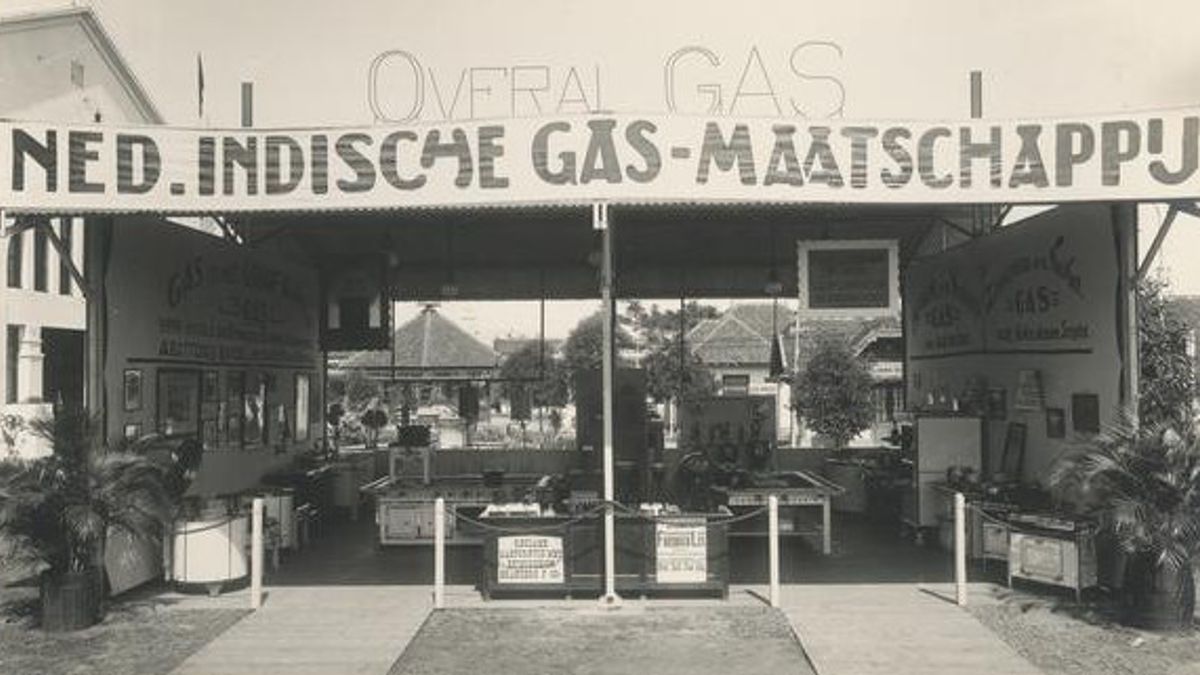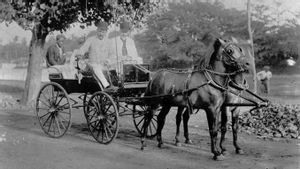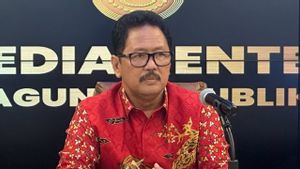JAKARTA - All electricity needs in Indonesia are supplied by only one company: the National Electricity Company (PLN). This monopoly has been going on since the Dutch colonial era. So how did electricity first arrive in Indonesia?
Quoting the ESDM page, Tuesday, October 27, the history of Indonesia's electricity began at the end of the 19th century. Initially, the first power plant in Indonesia was intended for factories. What built it were a Dutch sugar factory and tea factory.
Electricity was only available to the public when a power company called Nederlandche Indische Electriciteit Maatschappij (NIEM) was built. The company is based in the Netherlands. In Batavia, NIEM built a PLTU in Gambir on the banks of the Ciliwung River.
The PLTU with a power of 3200 + 3000 + 1350 kW is the first steam power plant in the Dutch East Indies and supplies electricity needs in Batavia and its surroundings. This company then expanded to Surabaya by establishing the Nederlandsche Indische Gas Maatschappij (NIGM). At that time, the electricity supply spread to major cities in Java.
The Dutch government then formed S'Lands Waterkracht Bedriven (LWB) in 1927. The company is a state electricity company that manages hydropower plants in several regions in Indonesia, namely PLTA Plengan, PLTA Lamajan, PLTA Bengkok Dago, PLTA Ubrug and Kracak in West Java, PLTA Giringan in Madiun, PLTA Tes in Bengkulu, PLTA Tonsea lama in North Sulawesi and PLTU in Jakarta. In addition, in several municipalities, municipal power companies were formed.
Snatched from JapanAfter the Dutch surrendered to Japan in World War II, the Japanese took over the electricity and gas companies. All the people in the power company were also taken over by the Japanese.
Indonesia was only able to nationalize companies that touched the needs of many people, when it became independent. It was then that youth, electricity and gas workers took over the electricity and gas companies that were previously controlled by Japan.
The delegation of electricity and gas workers then met with the leadership of the Central KNI, which at that time was chaired by M. Kasman Singodimedjo. They reported the results of their struggle which succeeded in seizing the electricity and gas companies from Japanese hands. Furthermore, the delegation met together with President Soekarno to hand over the electricity and gas companies to the government of the Republic of Indonesia.
President Soekarno accepted the handover of the electricity company. With the issuance of Government Decree No. 1 year 1945 on today 27 October, 75 years ago or 1945 the Electricity and Gas Bureau was formed under the Ministry of Public Works and Power. Therefore, 27 October is also celebrated as National Electricity Day.
Before having the name PLN, this power company underwent various name changes. On January 1, 1961, the Electricity and Gas Bureau was changed to BPU-PLN (the National Electricity Company) which was engaged in electricity, gas and coke.
BPU-PLN was then dissolved and at the same time, 2 state companies, namely the State Electricity Company (PLN) as the manager of state-owned electricity and the State Gas Company (PGN) as the gas manager were inaugurated.
In 1972, in accordance with Government Regulation no. 17, the status of the State Electricity Company (PLN) is determined as the State Electricity Public Company and as the Holder of Electricity Business Authority (PKUK). Both companies are tasked with providing electricity for the public interest.
In line with government policies that provide opportunities for the private sector to engage in the electricity supply business, since 1994 the status of PLN has shifted from a public company to a limited liability company (Persero) and also as a PKUK. PLN has been the provider of electricity for the Indonesian people until now.
The English, Chinese, Japanese, Arabic, and French versions are automatically generated by the AI. So there may still be inaccuracies in translating, please always see Indonesian as our main language. (system supported by DigitalSiber.id)









